National Space Day is an annual event celebrated every year in order to commemorate space exploration and advances in science and technology. National Space day falls on the 6th of May this year, and there are many events being held all across the United States to celebrate it!
In this blog post, we’ll outline what National Space day is all about, a bit of history, engineering in space, and some of the events and fun facts you can check out if you’re interested in celebrating it yourself. So strap on your spacesuit and let’s blast off into the space!
Table of Contents
1. What is National Space Day & Why is Space Day celebrated?
2. How do we celebrate Space Day?
3. Engineering in Space
4. 10 Fun Facts Space To Share On National Space Day
5. National space day activities
What is National Space Day & Why is Space Day celebrated?

We could say the birth of National Space Day history can be traced back to the start of the cosmos, when tremendous pressure and temperature caused the Big Bang, shattering the universe and everything in it into existence.
The space has been observed to be gradually expanding since then, everything continues to move away from the impact of the big bang.
National Space Day is an American holiday celebrated each year on the first Friday in May. The Lockheed Martin Corporation created National Space Day as a one-off event in 1997, and it was later expanded to International Space Day in 2001 owing to its enormous popularity, after former astronaut and senator John Glenn.
Since its inception, National Space Day has become a global STEM event, with celebrations taking place all over the world.
So why do we celebrate National Space Day?
Whether you’re a lifelong space enthusiast or just getting started learning about the universe around us, National Space Day is sure to inspire awe and curiosity in all who celebrate it.
National Space Day is commemorated each year to honor the achievements of the space industry, as well as to inspire future generations of explorers. Moreover, National Space Day also serves to remind us of the importance and value of space exploration for our future.
As technology continues to evolve and humans continue to explore further into the great unknown, National Space Day is a reminder that there is still so much to learn and discover about the universe we live in.
When is National Space Day 2022/23/24/25/26?
National Space Day is celebrated on the first Friday of May each year. The following table displays the specific dates for National Space Day observation from 2022 to 2026.
| Year | Date | Day |
|---|---|---|
| 2022 | May 6 | Friday |
| 2023 | May 5 | Friday |
| 2024 | May 3 | Friday |
| 2025 | May 2 | Friday |
| 2026 | May 1 | Friday |
How do we celebrate Space Day?
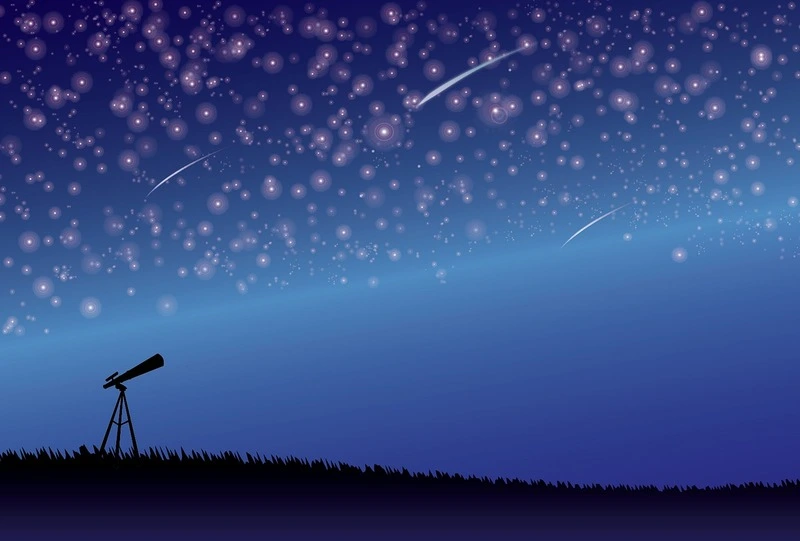
There are many ways to celebrate National Space Day. If you’re looking for inspiration for how to mark National Space Day this year, there’s no shortage of exciting activities to choose from!
On this special day, people of all ages are encouraged to learn about space science and technology and to imagine the possibilities of future space exploration. National Space Day is also a time to celebrate the achievements of those who have made significant contributions to the field of space exploration.
Some popular activities include attending space-themed events and exhibits, watching documentaries or films about the cosmos, participating in space-themed educational programs and competitions, reading books on astronomy and other related topics, and following social media accounts or websites that focus on space exploration.
Additionally, many communities host special celebrations for National Space Day, including parades, picnics, art and science festivals, starlight viewing parties, and more.
Engineering in Space
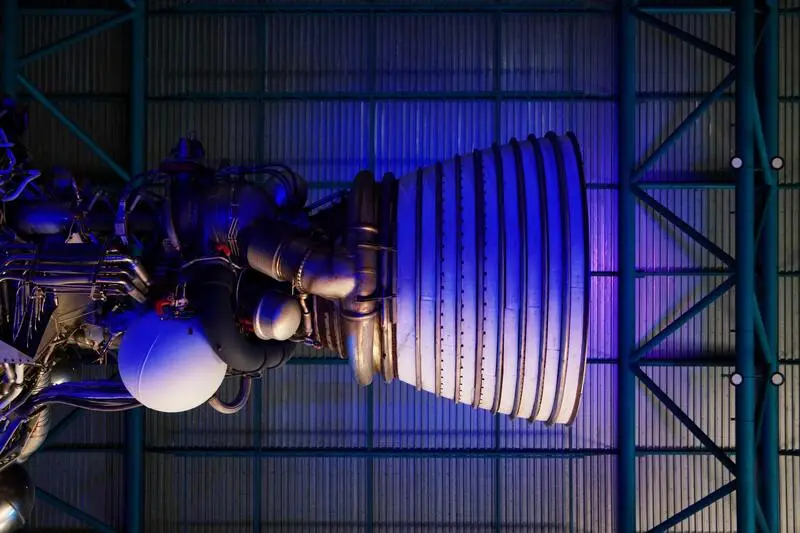
Space exploration requires the combined efforts of many different knowledge areas, including science, technology, and engineering. One of the most important aspects of space exploration is engineering, which is responsible for developing the technology that makes it possible to explore and understand our universe.
Engineers play a crucial role in the development of space hardware and software, from designing rockets and satellites to programming robotic explorers. They are responsible for launching spacecraft, landing rovers on Mars, building communication satellites that allow us to use the Internet, and so much more.
Aerospace engineering is a dedicated branch of engineering that deals with the design, construction, and operation of aircraft and spacecraft. Aerospace engineers are responsible for developing the technologies that enable humans to travel into space.
And not only aerospace engineers, but engineers from various disciplines play a vital role in space exploration. Mechanical engineers, for example, may design and build the machines and equipment that are used in space or spacecraft. Electrical engineers may develop and test the electronics & electrical systems that are used on spacecraft. And civil engineers might design and construct the launch facilities, ground support systems, and habitation modules that are necessary for space exploration.
10 Fun Facts Space To Share On National Space Day

1. The Solar System is Really, Really BIG!
Voyager 1 was the first human-made object to pass through interstellar space in 2012, becoming the first spacecraft to do so. It did so after 30 years of space travel.
According to NASA, “if we define our solar system as the Sun and everything that primarily orbits the Sun, Voyager 1 will remain within the confines of the solar system until it emerges from the Oort cloud in another 14,000 to 28,000 years.” [1]
2. No One Can Hear You Scream
That incident in the film Alien is completely accurate because there is no atmosphere in space, sound has no medium or way to travel and be heard.
3. One Million Earths Can Fit Inside The Sun
The Sun is big enough to have 1.3 million Earths inside (if squished in) or 960,000 Earths if kept spherical. But can you visualize that number of Earths?
4. Footprints Last Forever
Because there is no atmosphere, wind, or water to erase them, the footprints of astronauts who land on the moon or elsewhere in space will endure for hundreds of millions of years.
5. First Aircraft to Successfully Fly on Another Planet
NASA’s Ingenuity helicopter became the first aircraft in history to fly a powered, controlled flight on another planet when it took off successfully on the Red Planet in 2021.
6. There is Water Everywhere
Water was once considered a rare substance in space. In fact, water ice exists all over the solar system: It’s a common component of comets and asteroids, for starters. [2]
7. Venus is the Hottest Planet in Our Solar System
The average surface temperature of Venus, which is the hottest planet in the solar system, is approximately 450° C. Did you know that Venus isn’t the closest planet to the sun? That is Mercury. You would expect that Mercury would then be the hottest planet, but Mercury has no atmosphere (which regulates temperature), resulting in big fluctuations.
8. Mars and Wright Brothers are Connected
To honor the first flight by Wright brothers, Ingenuity, the Mars Helicopter, has a tiny piece of the 1903 Wright Flyer on board.
9. There is a planet of diamonds
Researchers at Yale University have discovered that one planet, 55 Cancri e, has a diamond and graphite-covered surface.
10. A Full Nasa Spacesuit Costs $12,000,000
While the whole suit costs $12 million, 70% of the expense is for the backpack and control module. However, the spacesuits that NASA uses were built in 1974. These would cost 150 million dollars if they were priced today! [3]
National space day activities (children and adults)
National Space Day is a great day to learn about space exploration and the history of space travel. There are many ways to celebrate National Space Day, but here are some ideas to get you started:
- Visit a planetarium or science museum: Many museums have special events and exhibits for National Space Day. This is a great way to learn more about space and the solar system.
- Go stargazing: Take advantage of clear night skies and go stargazing! You can use a telescope, binoculars, or simply look up at the stars to learn more about different constellations.
- Watch a STEM movie: There are many great space-themed movies out there. Why not spend National Space Day curled up with a good movie? Some of our favorite space movies are listed here.
- Read a book: If movies aren’t your thing, there are plenty of great books about space exploration. For kids, we recommend reading Space!: The Universe as You’ve Never Seen It Before. For adults, we recommend Failure Is Not an Option: Mission Control From Mercury to Apollo 13 and Beyond.
- Try a space-themed craft or activity: National Space Day is a great opportunity to get creative and try fun space-themed activities, such as making a paper rocket ship, building a model of the solar system, or creating a mobile depicting planets in our solar system.
- Participate in a community event: National Space Day is also an opportunity for communities to come together and take part in celebrations and educational events. Check with your local library or science center to see what events are planned for National Space Day this year.
We admire how far scientific progress and space travel has advanced in recent years, and we reflect on our part in this enormous universe! Whatever you choose to do on National Space Day, be sure to have fun and enjoy learning about all things space!
Happy National Space Day! 😊
International Science and Engineering Celebration Days
References:
[1] https://solarsystem.nasa.gov/missions/voyager-1/in-depth/
[2] https://www.space.com/35695-weirdest-solar-system-facts.html
[3] https://www.businessinsider.com/why-nasa-spacesuits-so-expensive-cost-russia-spacex-2020-3



![Types of Engineers and What they Do [Explained]](https://www.engineeringpassion.com/wp-content/uploads/2022/04/types-of-engineers-and-what-they-do-280x210.jpg)
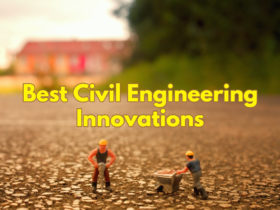
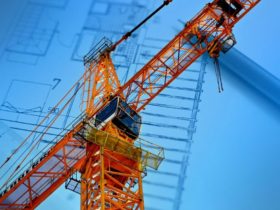
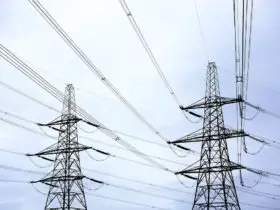

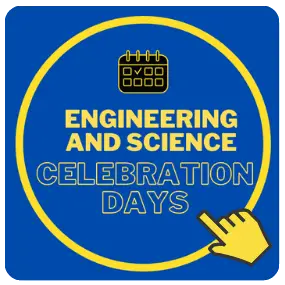

Leave a Reply